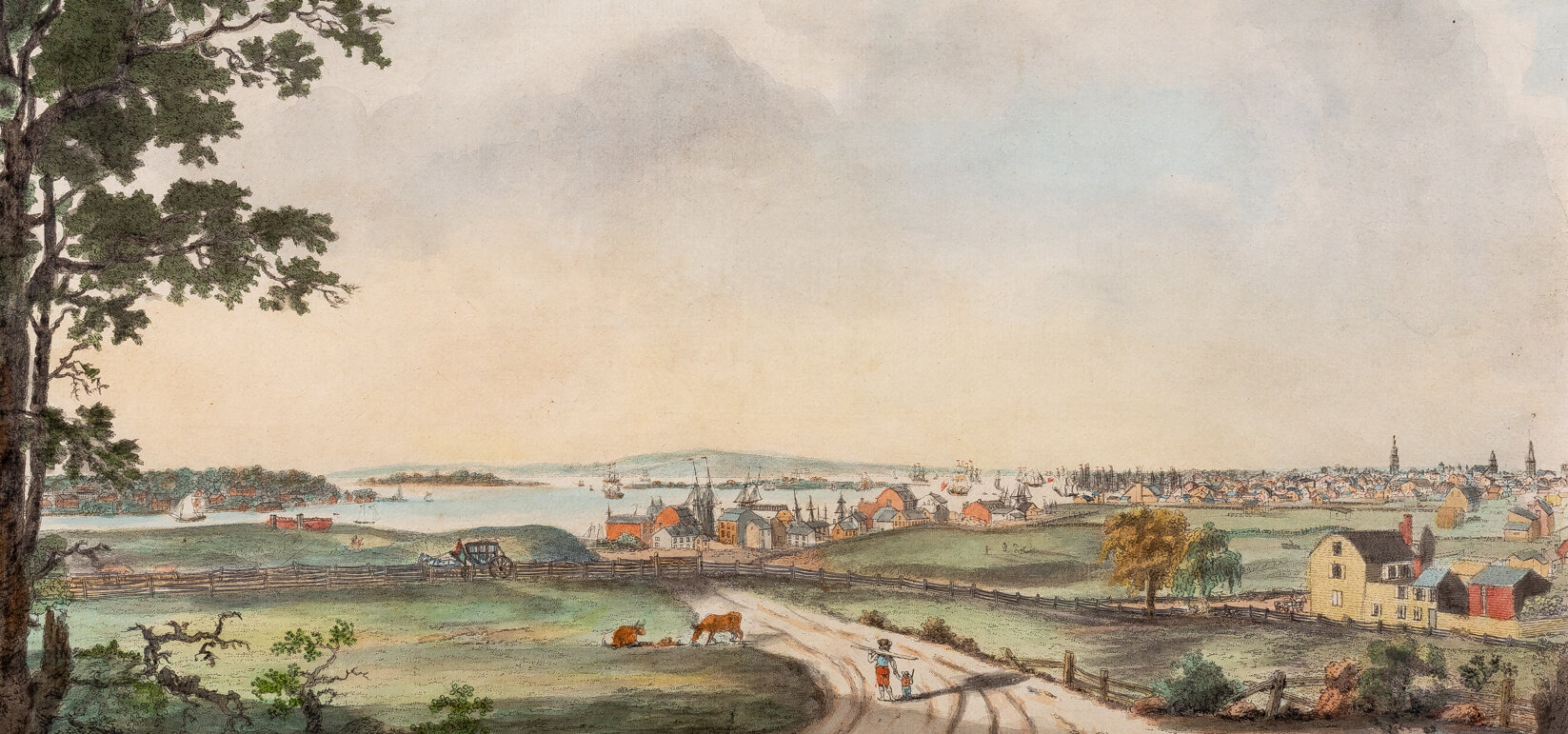
Reading Guide
Dear Reader,
I imagine you’ve come to this guide because you’re reading, or have just finished, The Sewing Girl’s Tale. Thanks! I spent a long time researching and writing it, and I’m grateful to everyone who picks up a copy and gives it a chance. I hope you liked it.
I’ve spent my entire adult life reading books and discussing them with others. Always, I gain new insight into the book—and into my own responses. Here are some of the kinds of questions that might come up in one of our discussions.
With gratitude,
Questions & Topics for Discussion
What about this book seems modern to you? Which characters? Are there moments when you think, “That would happen today, too!”
How does the book’s description of the time period help set the mood for the story? Did any of the descriptions surprise you?
The prologue opens with seventeen-year-old Lanah Sawyer in the back room of a brothel on the morning after a life-changing event. The next several chapters explain how she got to that point. Did the way the story unfolds—with some things left ambiguous for a while—pull you in?
How would you describe Lanah Sawyer? Were there moments when you identified with her? Or not?
At the opening of the book, romantic love is described as both alluring and dangerous. What made romance so dangerous at that time, especially for young women? Are things different now?
How do you understand Lanah’s interest in “lawyer Smith”? How did he go about making her vulnerable?
What did you think of Mother Carey? Did you want to like her?
Today, most sexual assaults involving acquaintances are never publicly reported. Why do you think Lanah refused to remain silent? How did she persuade men in positions of power to move forward with her case?
Double standards shaped the trial. The defense lawyers both attacked Lanah’s good reputation—and embraced Bedlow’s bad reputation. Huh?
At every turn, Lanah Sawyer faced sexual “ruin”—in the rape trial, in the seduction suit, in Bedlow’s efforts to rewrite her story. How different was this culture of sexual shaming from our own?
Were you surprised that the newspapers, which did little local reporting or fact-checking, featured such bitter debates and efforts by individuals to reframe the truth? Does that remind you of the problem of truth in mass media today?
Why do you think John Callanan was so determined to hold Henry Bedlow accountable? How do you imagine Lanah Sawyer felt about her stepfather’s quest?
Chapter 9, “Outrage,” describes how various individuals and groups took on Lanah’s story—and made it their own. In your view, when does advocacy blur into exploitation?
When you read about Lanah Sawyer’s suicide attempt, how did you respond? What do you imagine she was responding to?
Even today, the criminal justice system struggles to hold acquaintance rapists accountable. In Chapter 10, “Seduction,” the civil law of seduction proved a powerful alternative. Should we revive it?
In Chapter 11, “Recovery,” we learn that Henry Bedlow’s parents let him languish in debtors’s prison for almost two years. Do you think he ever felt that what he had done was wrong?
Were you surprised by Alexander Hamilton’s role in this case?
At the end of the book, when Lanah Sawyer was twenty-two, she disappears from view. Do you have thoughts about how her story might have turned out? What do you hope—or fear—for her?
If Lanah had a daughter, what do you imagine she might have told her about her experience? What might she have wanted her daughter to know?
What questions did this book leave you with? What struck you as most surprising or shocking? Was there something that you felt wasn’t resolved? Or something that will stay with you?
Ultimately, is The Sewing Girl’s Tale a tragedy, or a story of triumph against the odds?

